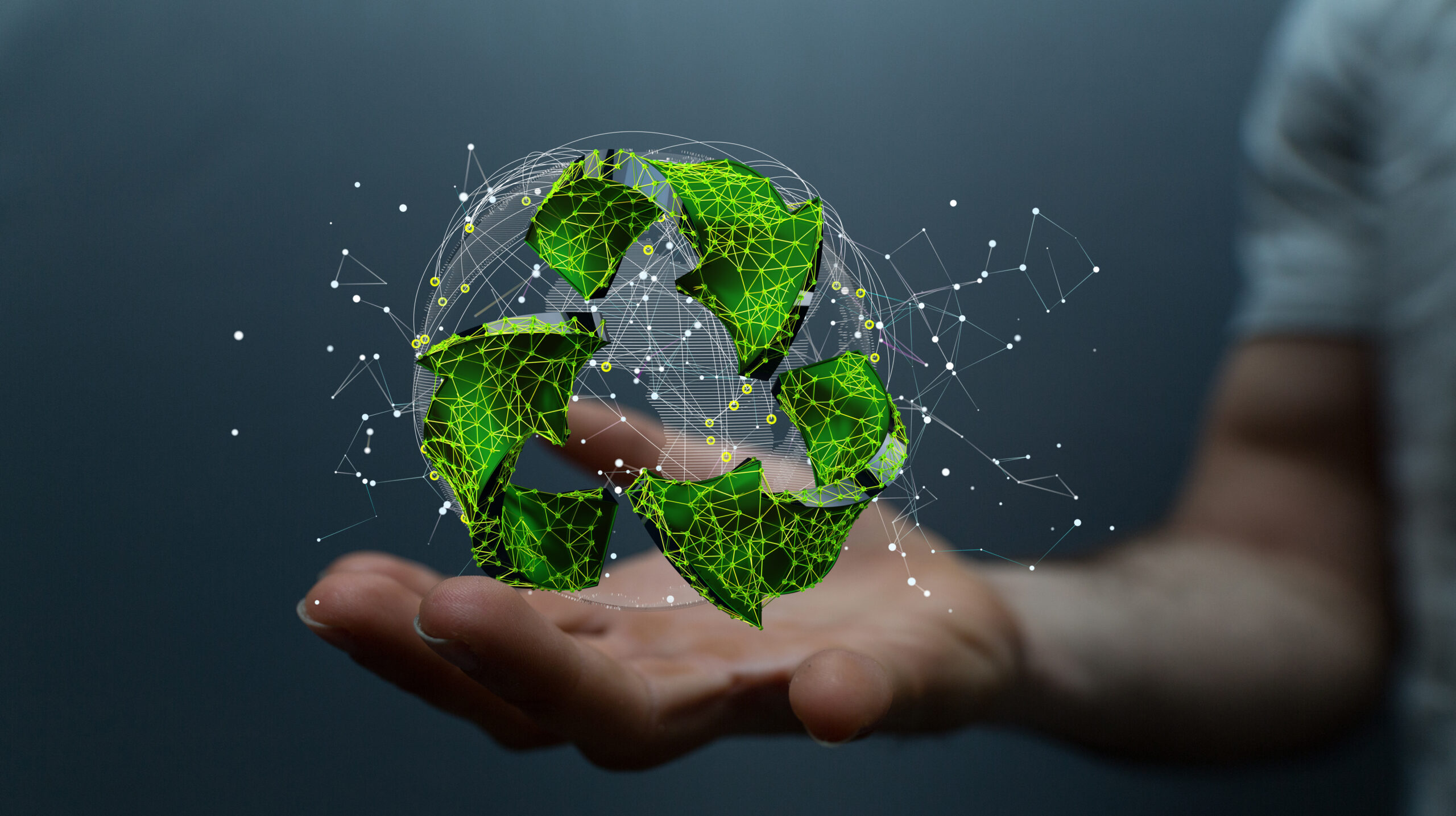This year we pass the halfway mark both on our journey towards implementing the 2030 Agenda for Sustainable Development and the 17 Sustainable Development Goals, and the signing of the Paris Agreement on climate change.

Photo credit: Shutterstock.
Asian and Pacific countries have seen mixed progress on both. One of the most pressing challenges is the transition to affordable, reliable, sustainable and modern energy for all, as encapsulated by SDG 7. Without a significant acceleration of effort, reaching SDG 7 and its targets for energy access, renewable energy and energy efficiency will elude our region. Given the significance of Asia and the Pacific in terms of global energy supply and consumption, actions taken here will set the tone for the global trajectory of progress on SDG 7 and the fight against climate change.

Armida Salsiah Alisjahbana. Photo credit: United Nations ESCAP.
The United Nations Economic and Social Commission for Asia and the Pacific will place these issues at center stage during this week’s Asian and Pacific Energy Forum. This meeting will provide a platform for the region’s energy ministers to plan a regional agenda for a sustainable energy transition.
Looming large among these issues is the lack of access to electricity and clean cooking fuels for hundreds of millions of people. This deprivation has far-reaching consequences, and is a harsh reminder that, while the region has made significant strides in economic development, not everyone has enjoyed the fruits of progress. Lack of access to electricity hinders healthcare, education and economic opportunities. Moreover, the reliance on traditional cooking fuels such as fuelwood contributes to respiratory diseases that disproportionately affect women and children. Energy poverty exacerbates existing inequalities, trapping communities in a cycle of deprivation.
To bridge the energy gap and promote climate-friendly sustainable development, increasing renewable energy and energy efficiency is an imperative. The transition to renewables opens avenues for economic growth and job creation. Energy efficiency lowers the need for new supplies, relieves pressures on our energy systems, increases productivity and reduces waste, simultaneously saving money for households and businesses. Together, renewable energy and energy efficiency foster energy security.
Realizing the SDG 7 targets requires increased financial flows. According to the Secretary-General’s Global Roadmap for Accelerated SDG Action, annual investments in access to electricity must increase by $35 billion and by $25 billion for clean cooking by 2025. A tripling of renewable energy and energy efficiency investment is needed by 2030. Scaling up finance at this rate requires a large infusion of private finance to bolster insufficient public sources, alongside a shifting of national budgets away from fossil fuels. Carbon pricing mechanisms can incentivize businesses to transition towards cleaner energy solutions. Innovative business models and financial instruments can attract international finance. But for these to be successful, governments must provide predictable and enabling policy environments.
To ensure the stability of the energy transition over the long term, governments must keep an eye on over-the-horizon risks. Key among these is the ensuring and adequate, stable and predictable supplies of critical raw materials needed to construct the millions of solar panels, wind turbines and batteries of the future. Our region holds immense potential for critical raw materials production, making it a key player in the global energy transition. However, regional collaboration is needed alongside responsible mining and extraction practices that minimize environmental damage and social disruptions. Moreover, investing in recycling of critical raw materials can reduce our consumption of finite resources.
While transitioning towards clean energy is a moral and environmental imperative, a just transition ensures that no one is left behind as countries move away from fossil fuels and towards sustainable resources and technologies. This includes reskilling and reemployment opportunities for workers in declining industries, as well as community support to mitigate the socio-economic impacts of the energy transition.
Achieving SDG 7 requires a multifaceted approach. This is not a challenge that any one country or sector can solve in isolation; it demands collaboration, innovation and shared responsibility. As we reflect on our progress at this halfway point, it is timely for countries across Asia and the Pacific to recommit to a regional vision where all citizens have access to clean and modern energy and the full potential of renewables and energy efficiency are realized. The momentum behind these changes is growing and the opportunity to close these gaps must be seized.
The author is Armida Salsiah Alisjahbana, the Under-Secretary-General of the United Nations and Executive Secretary of the Economic and Social Commission for Asia and the Pacific.

